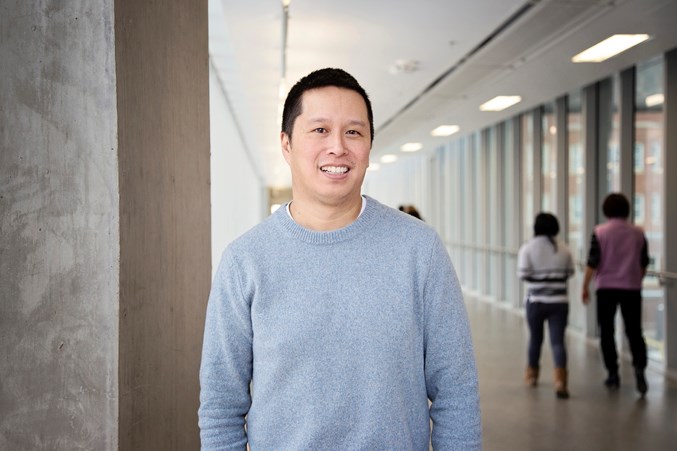If it weren’t for the Canada Child Benefit, resident Keri McEachern says raising her children would have been nearly impossible.
“I can't even imagine how I would have survived without it,” she expressed.
McEachern said the benefit has helped provide basic health care for her two children, such as dental cleanings and eyeglasses.
It’s also helped the single parent afford groceries, preventing her from needing to use services like the St. Albert Food Bank.
But living in St. Albert is still expensive. On top of the benefit, she still works three jobs and has a difficult time saving money. McEachern said she moved to St. Albert to be closer to her parents and siblings.
“I had to take jobs that were also flexible, because there was no one else to help me if my kids were sick. So as a result, I had jobs that didn't have great benefits,” she said.
Both of her children are teenagers, with one about to turn 18 years old. While she understands she’ll receive less money from the benefit, McEachern is optimistic her daughter will become more independent, helping to ease the financial burden on the family.
Each year, the Canada Child Benefit has provided her with $10,000 non-taxable income.
According to Statistics Canada, between 2015 and 2017 the Canada Child Benefit cut Alberta’s child poverty rate in half. The latest numbers, which were released Feb. 26, showed as of 2017 five per cent of children were living in poverty, compared to 10 per cent two years prior.
Roman Pabayo, assistant professor of social epidemiology at the University of Alberta, spoke Thursday at the U of A about the importance of federal and provincial programs.
He said government-led programs and initiatives, like the Canada Child Benefit and increasing minimum wage, have helped those with lower income and visible minorities – such as women and people of colour – have access to better physical and mental health services.
“It's needed, to have more social programs in order to have everyone benefit,” he said.
According to Pabayo, when children from lower-income households grow up around wealthier peers, young girls and boys tend to internalize it differently.
Girls are more likely to internalize their feelings, making them more susceptible to depression. Boys, who generally externalize their emotions, are more likely to act aggressively.
Families with lower incomes usually don’t have good access to mental or physical health services, he said. While many can’t afford expensive gym memberships or outdoor activities, such facilities may not even be built in lower-income areas.
With programs like the Canada Child Benefit, activities become more affordable for families. McEachern said she was able to enroll her daughter into soccer thanks to the program.
“If your children are athletic, sports is an important part,” she said.
But Pabayo said systematic racism also plays a significant part in public health.
While Indigenous women across Canada have been coerced into modern-day sterilization, an investigation by CBC in 2017 showed Indigenous women were 10 times more likely to be street checked than white women.
As part of Pabayo’s research, he’s also looked at systematic racism in the U.S. He found “high structural racism” among African-American mothers and their infants, who suffer a much higher rate of infant mortality than white Americans.
One local inspirational speaker understands the impacts of racism first-hand.
Jesse Lipscombe created an anti-racism campaign called #makeitawkward, after encountering racism in Edmonton. He was filming downtown when someone drove past and yelled out a racial slur.
Since then, he’s been using his experience to help start a conversation around racism.
In a phone interview, he said people of colour are often pulled over more by the RCMP, are followed in stores while shopping and are looked at suspiciously.
“My appearance, being a six-foot-three, 260-pound black male, for many people is viewed as a threat before anything else, which is an unfortunate thing,” he said.
As an almost unconscious reaction, he knows to take off his hood when entering a store and to keep his hands out of his pockets.
He said programs are important when it comes to confronting racism. While the #makeitawkward campaign started a conversation, he said he wanted to see change come from it.
“Those conversations need to start directing us to places where we can start reconstructing these systems, making the changes that will actually have long-term generational effects,” he said.
Pabayo’s lecture, How Income, Race, Where you Live, Affects Your Health, is part of the U of A’s “This is Public Health” lecture series. To learn more, visit: https://www.ualberta.ca/public-health/about/this-is-public-health/this-is-public-health-lecture-series.




